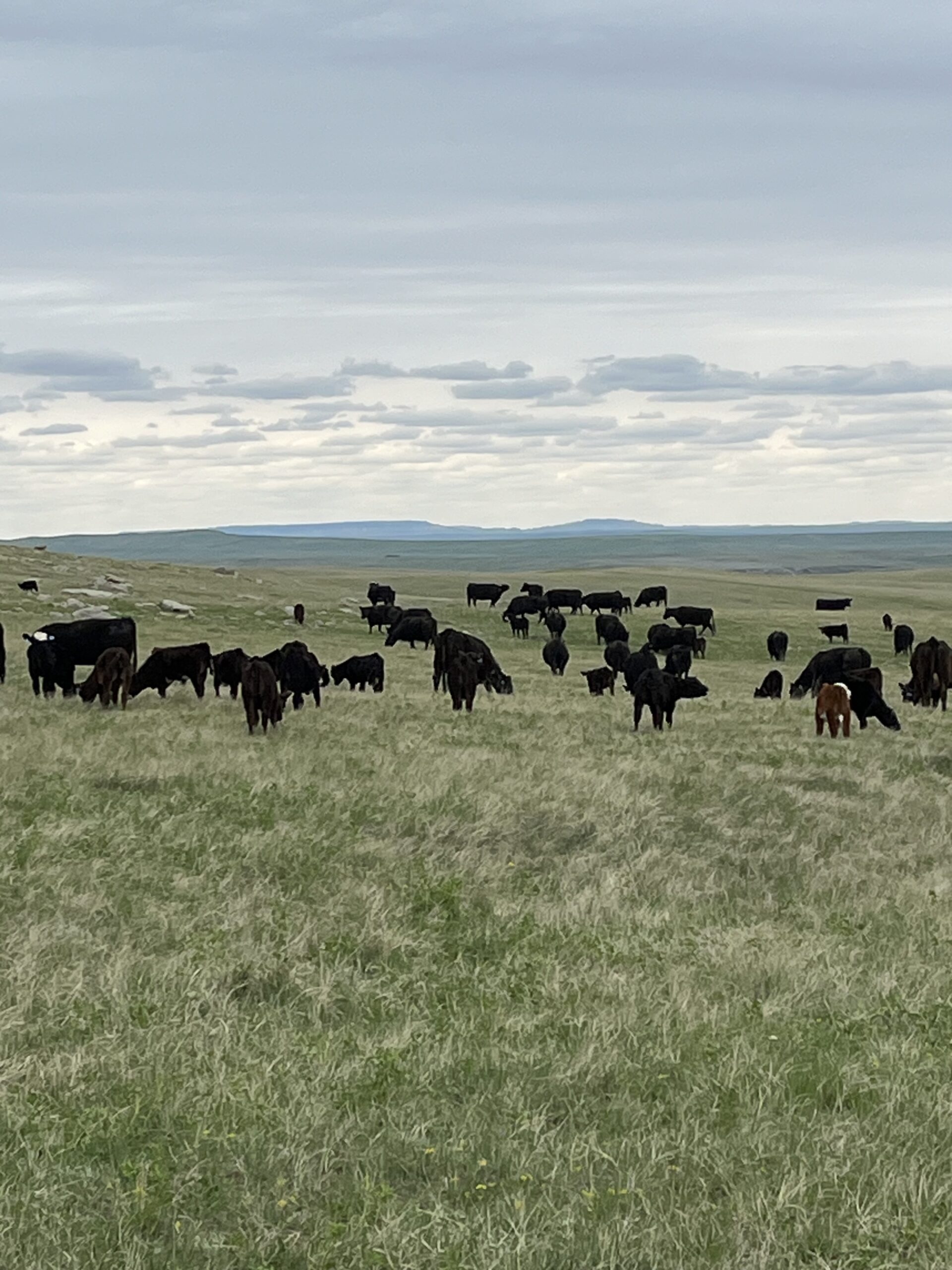Letter from the Land – South Dakota
Guest blog by Jeff Smeenk, Center of the Nation Cattle Company
My name is Jeff Smeenk, and I’m the 4th generation to live on and operate my family’s farming and ranching operation north of the Black Hills in Western South Dakota. I am truly blessed to live and work on our native grasslands, where I’m fortunate enough to witness Chestnut Collared Longspurs flittering among the large rocks resting on the buttes, a Burrowing Owl majestically perched upon a yucca plant, a Pronghorn cresting a ridge while moving away at amazing speed, or simply a beautiful sunset over an ocean of golden grass. Yet, as inspiring and soul lifting as our Great Plains are, they at the same time provide an economically hard scrabble life. The prairies’ natural propensities for drought, hailstorms, blizzards, and locusts along with volatile livestock markets and ever-increasing operational costs create uncertain financial circumstances, at best.
This is where the U.S. Fish and Wildlife’s “Partners for Fish and Wildlife Program” (PFW) plays a vital role in helping farming and ranching families. The cost share programs and technical assistance provided by PFW have played an absolutely vital role for my family by helping us improve our native grasses, water systems, and fencing while also providing sustainable habitat for our amazingly diverse wildlife populations. Most of what we have been fortunate enough to accomplish would have simply been unattainable without the PFW program. I cannot stress enough how absolutely important and valuable the PFW program is to farmers and ranchers, and by helping to sustain and promote wild and native grasslands, it is extremely beneficial to our whole society as well.
Collaborative conservation programs like PFW play a critical and vital role within agriculture and our natural environment. PFW is a bridge between government and private landowners, for which I would strongly encourage and advocate further governmental funding. The Collective Good that is done for the health of the land and rural communities cannot be overstated.

